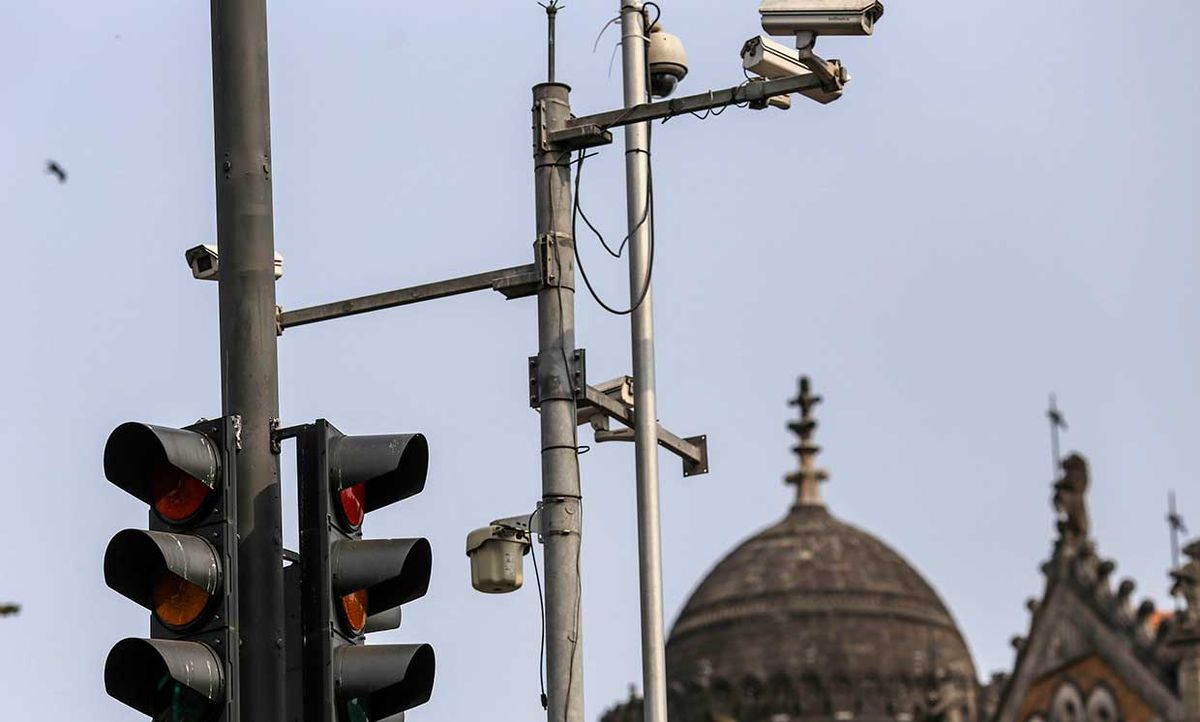In many cities, whenever a car is stolen or someone is abducted, there are video cameras on street corners and in public spaces that could help solve those crimes. However, investigators and police departments typically don’t have the time or resources required to sift through hundreds of video feeds and tease out the evidence they need.
Aakash Khochare, a doctoral student at the Indian Institute of Science, in Bangalore, has been working for several years on a platform that could be useful. Khochare’s Anveshak, which means “Investigator” in Hindi, won an IEEE TCSC SCALE Challenge 2019 award in 2019. That annual competition is sponsored by the IEEE Technical Committee on Scalable Computing. Last month, Anveshak was described in detail in a study published in IEEE Transactions on Parallel and Distributed Systems.
Anveshak features a novel tracking algorithm that narrows down the range of cameras likely to have captured video of the object or person of interest. Positive identifications further reduce the number of camera feeds under scrutiny. “This reduces the computational cost of processing the video feeds—from thousands of cameras to often just a few cameras,” explains Khochare.
The algorithm selects which cameras to analyze based on factors such as the local road network, camera location, and the last-seen position of the entity being tracked.
Anveshak also decides how long to buffer a video feed (ie., download a certain amount of data) before analyzing it, which helps reduce delays in computer processing.
Last, if the computer becomes overburdened with processing data, Anveshak begins to intelligently cut out some of the video frames it deems least likely to be of interest.
Khochare and his colleagues tested the platform using open dataset images generated by 1,000 virtual cameras covering a 7 square kilometer region across the Indian Institute of Science’s Bangalore campus. They simulated an object of interest moving through the area and used Anveshak to track it within 15 seconds.
Khochare says Anveshak brings cities closer to a practical and scalable tracking application. However, he says future versions of the program will need to take privacy issues into account.
“Privacy is an important consideration,” he says. “We are working on incorporating privacy restrictions within the platform, for example by allowing analytics to track vehicles, but not people. Or, analytics that track adults but not children. Anonymization and masking of entities who are not of interest or should not be tracked can also be examined.”
Next, he says, the team plans to extend Anveshak so that it is capable of tracking multiple objects at a time. “The use of camera feeds from drones, whose location can be dynamically controlled, is also an emerging area of interest,” says Khochare.
He says the goal is to eventually make Anveshak an open source platform for researchers to use.
Michelle Hampson is a freelance writer based in Halifax. She frequently contributes to Spectrum's Journal Watch coverage, which highlights newsworthy studies published in IEEE journals.



